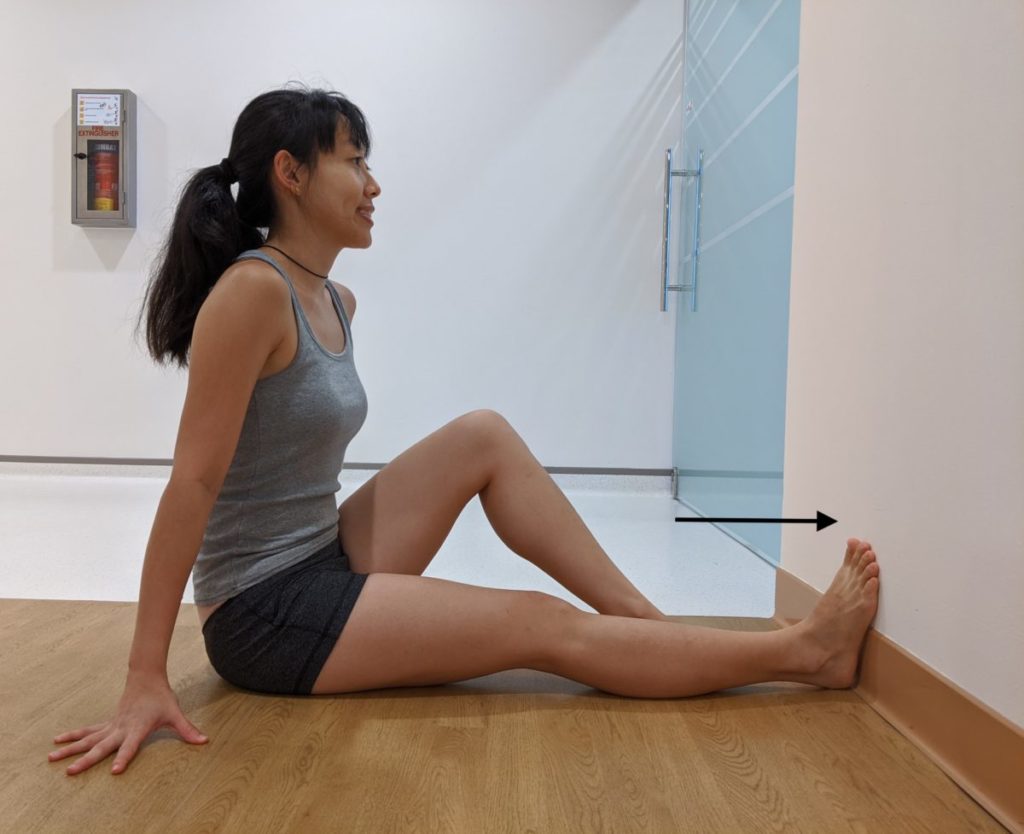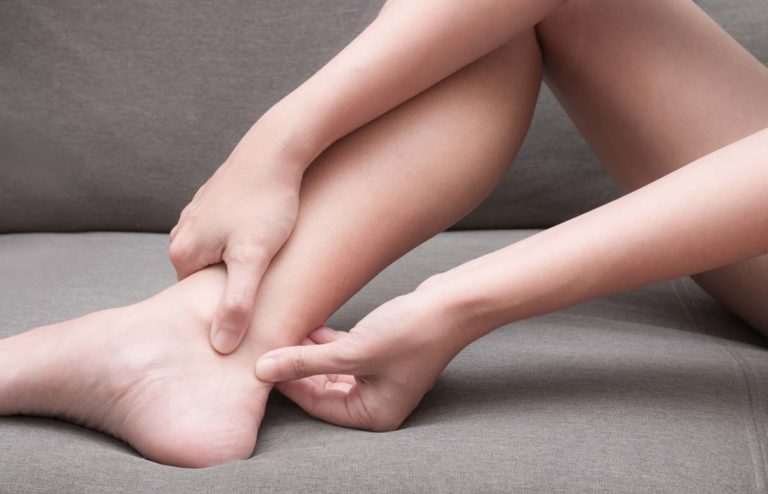Rehabilitation for Achilles Tendinopathy
What is it?
The Achilles tendon acts like a spring where it stores and releases energy giving us the power to perform activities such as running. It also needs to withstand compressive load and friction. When there is an increase in activity, either from doing none at all or a sudden increase without progressive loading, tendinopathy could occur.
What does it involve?
1. Start by avoiding activities and movements that increase pain during the first few days after injury. However, complete rest is not advisable for tendinopathy. Complete rest of tendon is catabolic to the tendon as 1) tendon tissues lose structure and 2) it results in reduction in strength which further increases the load on the affect tendon.
2. Isometric exercises have been shown to be an effective tool in reducing tendon pain. To perform isometric ankle plantarflexion, sit upright with your involved leg straight forward and bottom of the foot against the wall. Gently press the bottom of your foot into the wall and hold for 30-45s. Repeat for 5 times.

3. Calf massage – During this period, you might feel calf tightness regularly. It is advisable for you to try massage over your calf muscles (not on the tendon) to relieve the tightness feeling.
What can be treated?
Rehabilitation attempts to restore the health of tendon and optimise your performance in sports with:
- Reduction of pain and swelling
- Gradual increase in activity level, guided by symptoms
What are the benefits, risks, and side effects?
There are very few risks and side-effects associated with rehabilitation exercises to treat your symptoms. At most, there may be a temporary flare of the symptoms, due to re-activation of areas that have been offloaded due to pain or other limitations.
The key benefit is that rehabilitation can help with recovery of function and return to normal activity in a conservative way, which may or may not require the addition of other treatments. This forms the core to your recovery.
What do I need to do afterwards?
It is imperative that you continue to do the exercises as regularly as possible and attend your follow up appointments if provided. This enables the physiotherapy team to monitor your progress and adapt your exercises to your individual needs.
What are the common misconceptions?
It is often expected that once you attend a physiotherapy session, that your symptoms will improve without further input. In most situations this is not the case and it requires you, as a patient, to be proactive in your rehabilitation.
If you feel that your symptoms are not improving, or are worsening (such as pain with walking), and you have tried the above, it would be good to have your problem assessed as soon as possible.
Visit your sports medicine team for a detailed assessment with your specialist physicians and physiotherapists. Together, they can help investigate and develop a rehabilitation plan that is specific for you and your sport, and advise on methods to gradually improve your achilles function.
